Whether it’s an action-packed SAS memoir or a grim tale of an abuse-ridden childhood in Ireland, there’s only one thing you can guarantee about a smash hit book: that there’ll soon be a host of publishers jumping on the bandwagon and filling the shelves with copycat titles with similar covers.
Bookseller Steerforth recalls some of the most egregious examples…
Apparently sales of misery memoirs have taken a nosedive, which is something of a relief. I’ve no objection to people writing about their dysfunctional childhoods, but I prefer them to be recounted with an understated, Jack Hawkins-like stoicism (‘Bit of a bad show, really’) and a dash of black humour, rather than the cloying, sentimental Poor Me school of writing. Self-pity is never an attractive quality, even if it is justified.
But I digress…
Reading about the demise of misery memoirs prompted me to recall some of the other publishing bandwagons I’ve witnessed over the last couple of decades. Here is my top ten:
1) Environmental books
Do you remember the Green Party coming third in the UK European elections in 1988? Do you remember all of those t-shirts with ‘ethnic’ drawings of dolphins and rainforests, and the rather banal statement ‘SAVE THE PLANET’ underneath? It looked like the beginning of a quiet revolution and most branches of Waterstone’s had a separate environmental section in the late 80s. Heathcote Williams’ Whale Nation was a bestseller.
Then suddenly, without any warning, the genre died and wasn’t to be seen again until a few years ago, when it returned with a vengeance.
2) Aspirational travel writing
In the early 90s Peter Mayle – author of the Wicked Willy books – hit the big time with A Year in Provence. The book was so successful that Mayle’s quiet little village quickly became a Mecca for middle-class, middle-aged Britons and he was forced to move.
A Year in Provence spawned a spate of imitations, in which middle-class, middle-aged British people wrote accounts of their quest for la bon vie, writing patronising caricatures of the locals and errant repairmen. Some publishers were astute enough to resurrect out of print titles, notably those by Lady Fortescue.
3) Aga Sagas
They bought The L-Shaped Room in the 60s, The Women’s Room in the 70s, Virago in the 80s, but now many women of the baby-boomer generation wanted something that reflected the social mores of Middle England.
Joanna Trollope seemed to appear out of nowhere and soon her entire backlist was in the Top 20. Her paperback jacket style, with muted watercolour images, became de rigeur for any tale of menopausal, market town angst and many similar authors (Kathleen Rowntree, Marika Cobbold, Angela Huth, Madeleine Wickham etc) were relaunched with sub-Trollope jackets.
As a bookseller I remember creating a display bin with Joanna Trollope at the top and the others further down. It was like catnip to the good ladies of Richmond and I had to restock the bin several times a day.
4) SAS memoirs
First there was Bravo Two Zero, then The One That Got Away. After that, it seemed as if anyone who had spent more than five minutes in the Gulf War, Iraq or Afghanistan had an exciting tale of derring-do to recount.
These books seem to be popular with men who still live with their mothers.
5) True Crime
This genre ticked along quietly until Sun columnist-turned-publisher, John Blake, released The Guv’nor. This memoir of a ‘hard bastard’ was a publishing phenomenon and launched a whole new sub-genre of criminal memoirs. The jacket design usually consisted of a grainy, close-up mugshot of a criminal with a tagline something along the lines of I’m completely mental and violent. If you look at me the wrong way, I’ll pull your ears off.
These memoirs were lucrative for publishers, but less so for booksellers as the titles were usually stolen by aspiring hard bastards. These memoirs were also inexplicably popular with women. (I remember seeing a young women with a black eye, sitting on a bus with her five-year-old daughter. In her lap she had a copy of The Guv’nor, which was open at the photo section. She pointed to various figures, saying to her daughter ‘That’s yer Uncle Kenny, that’s Uncle Ron, that’s Uncle Mick…’)
6) Da Vinci Lit
The Da Vinci Code vies with The Bridges of Madison County for the number one spot in my list of the worst books I’ve ever read, but millions of people loved it and suddenly, a new genre was spawned. At first, booksellers’ dumpbins were content to display the rest of Dan Brown’s oeuvre, but it wasn’t long before they were joined by a selection of obscure midlist novels with the words Templar, Masonic or Code in the title.
Publishers were quick to rejacket any vaguely relevant backlist title with the obligatory gold-embossed lettering and soft focus picture of a cloister or parchment and the beast grew. At one point it looked as if the whole of Fiction was under siege.
There was one glaring omission – the brilliant Foucault’s Pendulum – which deconstructed the genre 15 years before it began.
7) Chic Lit
Blame Helen Fielding for the plethora of Bridget Jones imitations. Once this genre would have been called Romance, but that’s too old-fashioned for today’s feisty, independent, girl-about-town, so instead we have Chick Lit. Interestingly, unlike Joanna Trollope there has been no attempt to imitate the Picador Bridget Jones jackets.
Authors in this category include Sophie Kinsella (aka Madeleine Wickham), Jane Green, Marian Keyes, Adele Parks, Louise Bagshawe (now Mensch) and Katie Fforde. Chick Lit heroines are modern career women who still yearn for Mr D’arcy.
8) Lad Lit
No prizes for guessing who the guilty party is in this case. Like Helen Fielding, Nick Hornby’s writing is both modern and curiously old-fashioned. On the one hand we have a new man who isn’t afraid to talk about his emotions. On the other, we have a writer who celebrates blokeishness and can be seen as part of the 90s backlash to the puritanical values of the 80s, when enjoying a Carry-On film was tantamount to admitting that you were a misogynistic fascist.
Lad Lit can be a lucrative genre, but there is a price to be paid: Tony Parsons lost his punk credibility overnight with the publication of Man and Boy.
9) Possessive book titles
Once there was just Flaubert’s Parrot. I’m not sure what came next – either Michael Palin’s Hemingway’s Chair or Captain Corelli’s Mandolin, but suddenly every other book seemed to have a possessive title: Nathaniel’s Nutmeg, Fermat’s Last Theorem, Galileo’s Daughter, Churchill’s Cigar etc.
What is behind this trend? Is the possessive title a signifier of the sort of personal narrative that would have been frowned on once? I don’t know, but it’s rather annoying.
10) Mind, Body and Spirit
‘Never give a sucker an even break’, to quote WC Fields. A book like Joseph Hartmann’s The Last Hours of Ancient Sunlight is a laudable attempt to find spiritual meaning in a secular society, but sadly the genre is dominated by charlatans and mediocre intellects.
Too many of the books turn spiritual enlightenment into a consumer choice, attained by following a simplistic regime of banal platitudes or crystal quackery. If your life feels empty, instead of wasting money on runes, tarot cards or angel healing, why not try voluntary work?
I haven’t even had time to mention lamentable Princess Diana industry, the Eats, Shoots and Leaves spin-offs, Schott’s Miscellany imitations and the growth in nostalgia titles like The Dangerous Book for Boys. I’ve also neglected to mention the penchant for sub-Twilight erotic vampire novels, the Scandinavian crime fiction phenomenon or the revival of neglected mid-20th century authors like Dorothy Whipple.
I stopped managing bookshops eight years ago, but if I was running one today, I’d make sure that the Aga Saga display bin was now stocked with post-apocalyptic fiction. We’ve been through the midlife crisis, looked for the conspiracy theories and it now seems that we’re living in the End Times. But unlike the Dan Brown era, the growing preoccupation with a post-apocalyptic setting has spawned some remarkably good novels, including Michel Faber’s beautiful “The Book of Strange New Things”, so this is one genre that I hope will run and run.

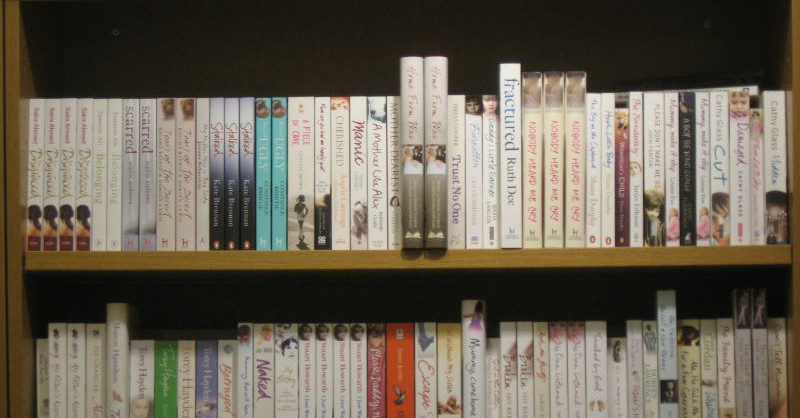
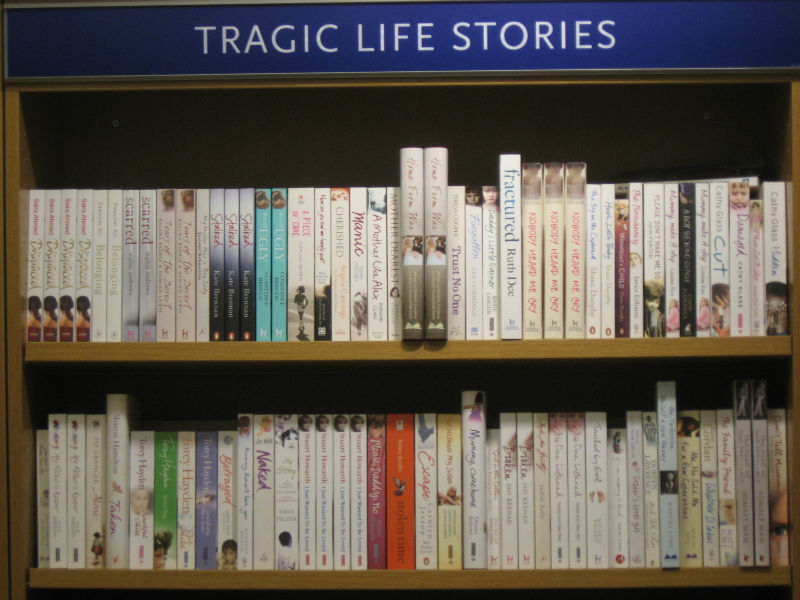

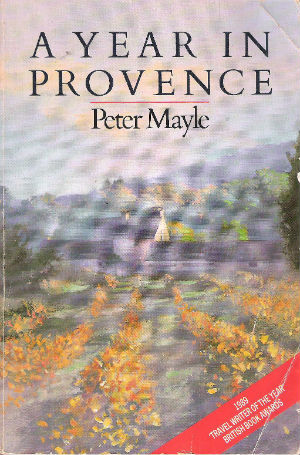
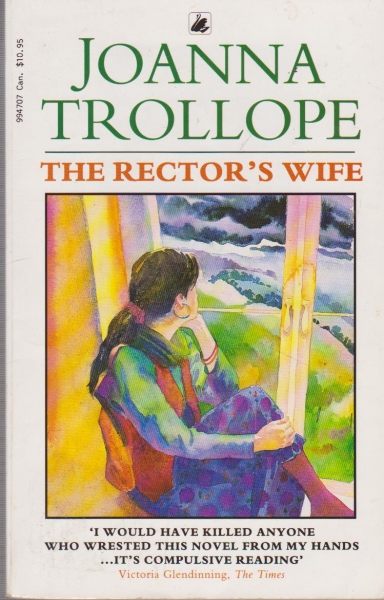
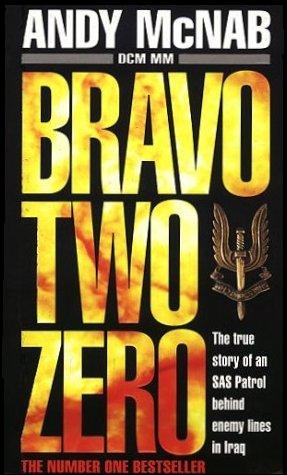
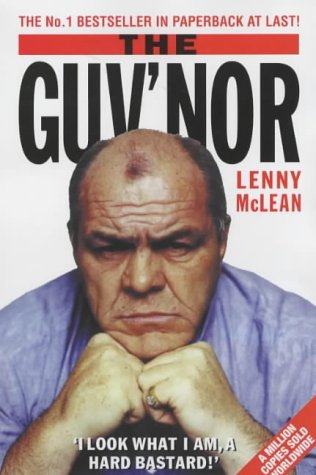
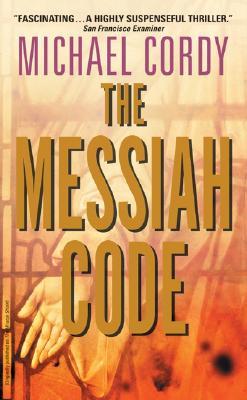
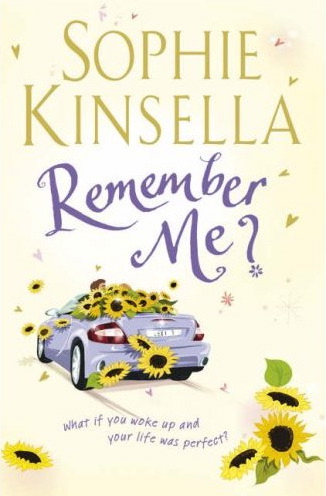
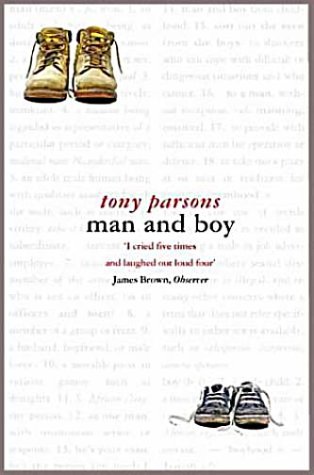

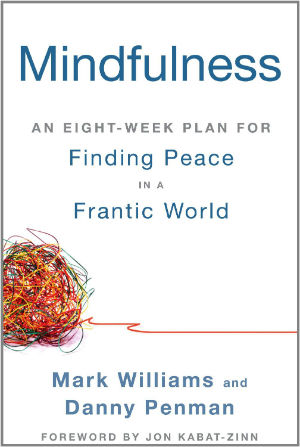










Great stuff.
The most risible of recent me-too publishing crazes must be the 50 Shades of Grey rip-off porn novels. Not that I’ve read any, of course…
I would add Adults Behaving Badly (and writing about it) to your list of genres, the female exemplar being Chelsea Handler and the male Tucker Maxx.
The championship aspirational travel for now must go to Elizabeth Gilbert: at Carpe Librem, a local bookstore that takes all donations, I once counted more than thirty copies of Eat, Pray, Love. Maybe there’s an opening for a new genre, a sample title being A Year in Dubuque to Get Through All the Tuscany Titles. (Mind you, I like Dubuque, but commitments here mean I can’t volunteer to write this book.)
I used to browse frequently in a used bookstore that had large holdings of military history. It seemed to me that some of its most dedicated customers, those who would engage the proprietors in long and detailed conversations, could not have passed a draft physical for the Russian Army of 1943. I should probably say that I’m pretty sure that my copies of Grant’s and Sherman’s memoirs came from that store, but that was far from all I bought there.
heehee I had to chuckle at these, all spot on!
Another one I’d add is a recent surge in viking/roman/dark ages semi-historical blokey books with very dark covers with a silhouette of some angry hairy blokes with shields and pointy spears on horseback
Our own Jon Hotten wrote a superb review of Lenny Mclean’s ‘The Guv’nor’ on these pages.
That Nathaniel’s Nutmeg book… I haven’t read it, of course, but doesn’t it also represent the fad for books about “X Scientific Discovery that Changed the World” a few years back… I think “Latitude” may have kicked it off, and then I forgot all the others.
I also have a feeling that Tony Whatsisname’s book about “Around Ireland with a Fridge” kicked off a flood of asinine variations… I remember some guy playing a lot of Afghans at tennis or cricket or something. Dave Gorman’s oeuvre. Etc.
Tony Hawks wrote Ireland/Fridge, and was also the one who Played the Moldovans at Tennis.
I guess he might also be to blame then not only for the Dave Gorman oeuvre, but also the craze for silly titles of popular novels (Salmon Fishing in the Yemen; A Short History of Tractors in Ukranian etc).
Ah yes, it’s all coming back to me now. There was definitely a guy who played Afghans at some sport, no doubt ripping off the Banksian Moldovan Ur-text. I also think some guy played Estonians at cricket. I also have a feeling that there was a flood of books in which people traveled around Eastern Europe in a crap car, e.g. a Trabant, but there may not have been that many in reality… although every TV travel show filmed in Eastern Europe certainly had a Trabant in it for a while.
Sorry, that should read “Hawksian Moldovan Ur-text”… I was momentarily living in an alternate reality where a member of Genesis wrote comedic travel books.
I found parallels in two of those which interest me.
The whole Dan Brown axis whizzed around those of us interested in the subject, to much derision and tutting. Then when it had blown itself out, we picked up where we’d left off.
Ditto the Real Crime oeuvre: there’s long been genuinely good writing on criminals, criminology and all the associated subjects. Wherever this drivel which seemed to have been written by battering a grass’s face off a typewriter in a disused warehouse, fitted in, it wasn’t in the interesting pile.
It only ever seemed to satisfy the vicarious wannabe bams.
I think misery porn was by far the most desperate and egregious though.
Re possessive book titles, I have a rule of thumb never to read anything with ‘Mr’, ‘Mrs’ , ‘Miss’, or ‘Master’ in the title; it will almost certainly be twee period stuff or some kind of whimsical allegory (Mr X turns out be Jesus or the Devil). I’d even extend the rule to Lord. Lady, Dr etc.
Of course there are some exceptions (Zhivago, Smilla, Jekyll and Hyde) but I think the principle holds good.